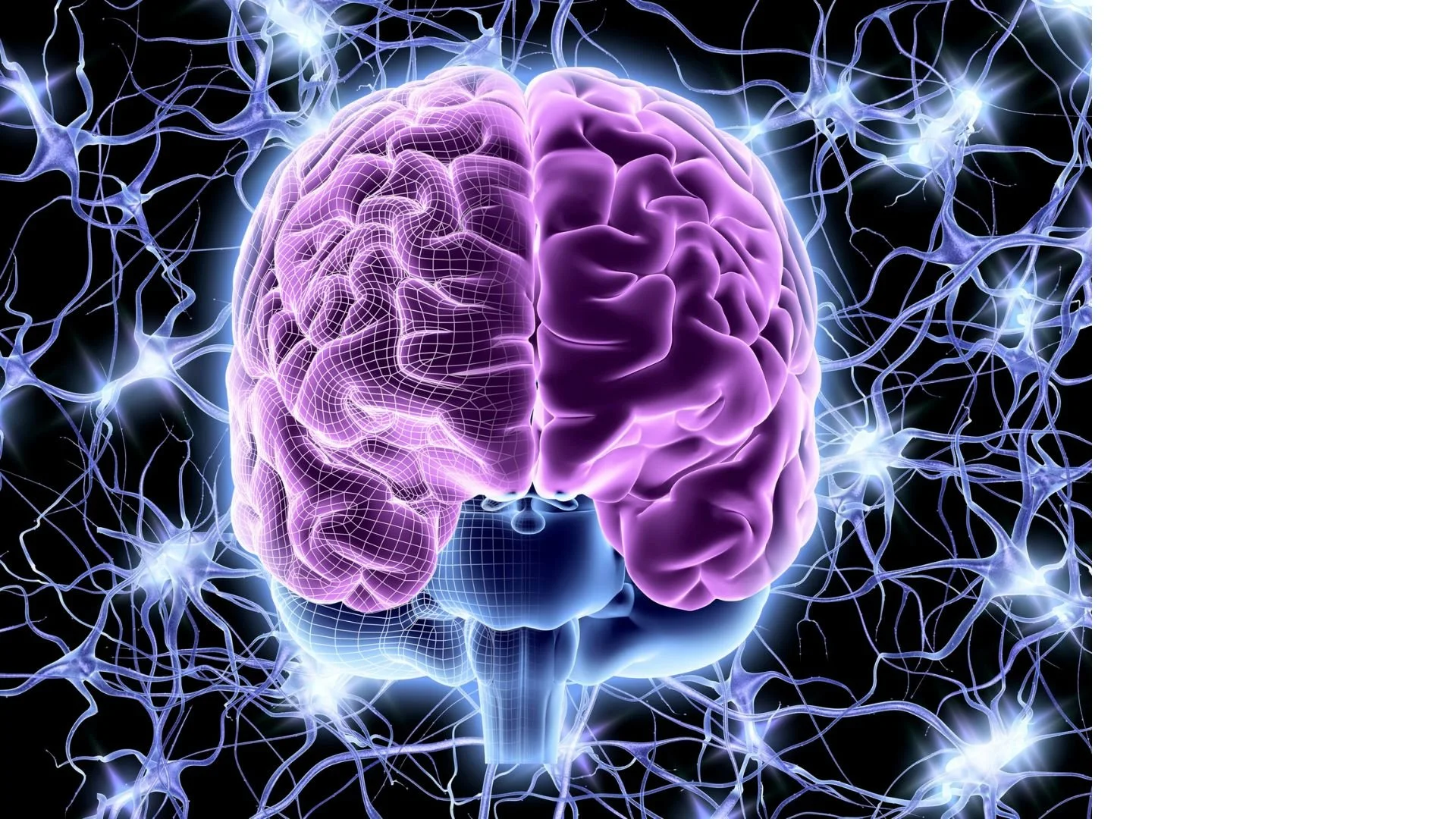Understanding Persistent Depressive Disorder (Dysthymia)
Persistent Depressive Disorder (PDD) is a continuous, long-term form of depression. You might also hear it called dysthymia, which was the older term. Unlike the more intense episodes of major depression, PDD is characterized by a depressed mood that lasts most of the day, more days than not, for at least two years (or at least one year in children and teens). People with persistent depressive disorder often say they’ve felt “down in the dumps” for as long as they can remember. The condition isn’t usually disabling in a day-to-day sense – many manage to work and go about life – but it drains the joy and color out of life. It’s like walking through life under a constant gray cloud.
Someone with PDD might be described by others as gloomy, negative, or a chronic complainer. This isn’t about character, though; it’s the illness talking. Because the symptoms become part of the person’s usual experience, they might not even realize something is wrong – they may think “I’m just a pessimistic person” or “this is just how life feels.” In fact, many people with persistent depressive disorder don’t seek help for a long time because they’ve gotten used to feeling this way and might assume it’s just their personality. However, PDD is treatable, and it’s important to recognize it as a legitimate mental health condition, not a personal failing.
Symptoms of Persistent Depressive Disorder
The hallmark of PDD is a chronically low, sad, or irritable mood on most days. In addition, people with this disorder have at least some of the following symptoms:
Changes in appetite: either poor appetite (not much interest in eating) or overeating. Some days you may have to force yourself to eat; other times you might eat for comfort even when not hungry.
Sleep disturbances: either insomnia (trouble falling or staying asleep) or hypersomnia (sleeping way more than usual, yet not feeling refreshed).
Low energy or fatigue: a persistent feeling of tiredness and lack of pep, even if you haven’t done much. Everyday tasks can feel like a slog.
Low self-esteem: chronic depression often comes with a harsh inner critic. You might feel worthless, inadequate, or overly critical of yourself – like nothing you do is good enough. Small failures or mistakes get magnified in your mind, fueling feelings of being a failure.
Poor concentration or difficulty making decisions: you might struggle to focus, have a hazy mind, or feel indecisive about even minor choices. This can affect productivity at work or school, and add to frustrations.
Feelings of hopelessness: perhaps the most telling symptom – a bleak, pessimistic outlook on the future. It can feel like you’ll never be happy or that nothing will ever change (which is why people often just live with it for years).
Other features often present in PDD include being irritable or easily angered (especially in children and teens, irritability can be more prominent than overt sadness), and a tendency to withdraw socially (not necessarily completely, but you might decline invitations or not seek out fun activities because you “just won’t enjoy them anyway”). People with PDD can still experience pleasure and happiness at times (it’s not non-stop misery), but those moments tend to be fewer and far between, or not as intense as they should be. Also, it’s possible for major depressive episodes to occur on top of persistent depressive disorder – this is sometimes called “double depression.” For example, you have your usual low-grade depression, then something happens and you slide into a deeper depression for a few months, then return to your prior dysthymia baseline.
Because these symptoms last years, they do impact life significantly. You might function, but perhaps not thrively. Relationships can suffer (friends or family may grow frustrated with the constant negativity). Work or school performance might be under your potential because of low motivation and poor concentration. Over time, the chronic stress of feeling down can contribute to other problems like low immune function or more frequent illnesses. It’s also not uncommon for someone with persistent depressive disorder to develop anxiety symptoms or abuse alcohol/drugs in an attempt to self-medicate the bad feelings.
Causes and Risk Factors
There’s no single clear cause of persistent depressive disorder. It likely arises from a mix of biological and environmental factors, similar to major depression. Here are some factors known to be involved or associated:
Biological and Brain Chemistry: People with PDD may have subtle chemical imbalances in the brain. Neurotransmitters like serotonin, norepinephrine, and dopamine (which affect mood and motivation) might not be functioning optimally. It’s also been noted that individuals with long-term depression can have differences in certain brain areas on imaging studies, though it’s not fully understood how these differences contribute. PDD has been linked to lower levels of brain-derived neurotrophic factor (BDNF), a protein important for neuron health – again, indicating a biological aspect.
Genetics: Depression can run in families. If you have a close relative (parent, sibling) who had persistent depressive disorder or major depressive disorder, your risk of PDD is higher. It’s not a simple inheritance, but rather a general genetic susceptibility to mood disorders. Some studies suggest particular gene variants affecting serotonin receptors or the stress response might predispose someone to chronic depression.
Personality or Cognitive Style: Certain personality traits or thinking patterns are associated with dysthymia. For example, people who are extremely self-critical, have very low self-esteem, or tend to see the glass as half empty might be more at risk. It can be a chicken-and-egg situation – did lifelong low mood make them pessimistic, or were they somewhat negative to begin with? Likely it feeds into each other.
Early Onset and Life Experiences: PDD often begins early – in childhood, teen years, or early adulthood. Difficult early life experiences can contribute. For instance, experiencing loss of a parent, prolonged stress, abuse, or high-conflict family situations during formative years can plant the seeds for chronic depression. Such events can instill a sense of hopelessness or helplessness that persists. Even in adulthood, a string of stressful life events (financial troubles, toxic relationships, job loss, etc.) can trigger PDD in someone predisposed.
Other Mental Health Conditions: It’s common for PDD to co-occur with other issues. Many people with persistent depressive disorder have a history of major depression episodes. Some may have an anxiety disorder. In fact, chronic anxiety (especially if untreated) can wear a person down into a chronic depressed state. Substance abuse can both cause and result from dysthymia. And some chronic personality disorders (like avoidant or borderline personality traits) overlap in symptoms with PDD.
It’s important to emphasize: Having PDD is not your fault. It’s not because you’re “weak” or “just not trying to be happy.” Depression (including dysthymia) is a medical condition with real neurobiological underpinnings. Life circumstances and outlook play a role, but you can’t simply will yourself out of a persistent depression any more than someone can will away diabetes. Recognizing this can be the first step toward getting help, rather than blaming yourself.
Treatment: How Is Persistent Depressive Disorder Treated?
The long-term nature of PDD might make it seem like it’s “just part of you,” but effective treatments do exist and can make a big difference. The main treatments for persistent depressive disorder are psychotherapy (“talk therapy”) and antidepressant medication, or a combination of both. The approach is very similar to treating major depressive disorder, though oftentimes PDD requires a longer duration of therapy/medication and a lot of patience, since the depression has been ingrained for years.
1. Psychotherapy: This is often a great place to start, especially for mild to moderate PDD. Talking to a mental health professional can help you develop tools to manage symptoms and gradually change the negative thought patterns that come with chronic depression. Common types of therapy used for PDD include:
Cognitive Behavioral Therapy (CBT): CBT is about identifying negative, distorted thoughts (“I’m worthless,” “I’ll never be happy”) and challenging them, replacing them with more realistic and positive ones. It also often includes behavioral activation – making a plan to increase positive activities (even if you don’t feel like it at first) because action can lead to improved mood. For long-term depression, CBT can be very useful in breaking the habit of negative thinking and inactivity.
Interpersonal Therapy (IPT): IPT focuses on your relationships and social interactions, understanding how relationship issues or life transitions might be contributing to your depression. It works on improving communication, building a support network, and resolving conflicts or role changes that weigh on your mood. Since PDD often starts early, some people have interpersonally “grown up” under a cloud, affecting their social confidence – IPT can help with that.
Dialectical Behavior Therapy (DBT) or other therapies: If there are elements of emotional dysregulation or if PDD overlaps with personality issues, therapies like DBT (originally developed for borderline personality, but helpful for many conditions) might be utilized. It teaches skills in mindfulness, distress tolerance, and emotion regulation.
Therapy for PDD may be somewhat longer-term than for an acute depression. It might take a year or more of regular sessions to really see substantial changes, though you can certainly start feeling some benefit sooner. The chronic nature means that therapy might sometimes feel slow – two steps forward, one step back – but stick with it. Building a trusting relationship with a therapist can itself be therapeutic, especially if low self-esteem or loneliness have been big factors. Over time, you can learn to recognize early signs of mood slumps and have a plan to combat them. Many people report that therapy helped them “get to know themselves” much better and develop healthier routines and coping strategies, which keeps dysthymia at bay even after formal therapy ends.
2. Medications: Antidepressant medications are a staple in treating persistent depressive disorder. The most commonly used ones for PDD are:
SSRIs (Selective Serotonin Reuptake Inhibitors): This class includes medications like fluoxetine (Prozac), sertraline (Zoloft), escitalopram (Lexapro), and others. SSRIs increase serotonin levels in the brain, which can improve mood, energy, and interest in activities. They are generally well-tolerated; common side effects can include nausea, sleep disturbance, or sexual side effects, but not everyone experiences these.
SNRIs (Serotonin-Norepinephrine Reuptake Inhibitors): Such as venlafaxine (Effexor) or duloxetine (Cymbalta). These affect both serotonin and norepinephrine and can be useful especially if there’s a lot of accompanying anxiety or pain symptoms.
Tricyclic Antidepressants (TCAs): Older antidepressants like amitriptyline or nortriptyline. These can be effective for dysthymia but tend to have more side effects (dry mouth, constipation, sedation) so they’re less often the first choice now. However, some individuals who don’t respond to SSRIs might try a TCA under close doctor supervision.
Often, the same doses used for major depression are needed for PDD, and because the condition is chronic, the medication might need to be continued for a long time (sometimes years) to maintain improvement. It’s not uncommon to stay on an antidepressant for the long haul with persistent depressive disorder, much like someone might stay on blood pressure medication chronically.
One challenge is that dysthymia can make people pessimistic about treatment – you might think “nothing will work for me.” It’s crucial to give antidepressants a fair trial: take them every day and understand that it usually takes 4 to 8 weeks to notice significant improvement in mood. Sometimes the benefits are gradual – your good days start to outnumber your bad days, or you realize you’re reacting a bit more positively to things. If one medication doesn’t help much after an adequate trial, doctors might try another. Each person’s brain chemistry is a bit different, so finding the right medication can be a trial-and-error process. Don’t lose hope if the first one isn’t a homerun. Some patients ultimately do best with a combination of two medications (or adding something like lithium or thyroid hormone to boost an antidepressant), but this would be managed by a psychiatrist typically.
A note on safety: Modern antidepressants are generally safe, but they do carry an FDA warning that in some young people (under age 25), they could increase suicidal thoughts in the first few weeks. This is something to be aware of – primarily it means doctors will monitor closely early on, and loved ones should report if the person seems to be feeling worse. However, for most individuals, especially adults, antidepressants reduce suicide risk in the long run by lifting the depression. If you have PDD, you might have gotten used to passive suicidal thoughts (like “life’s not worth it” feelings). As the medication starts working, those thoughts often fade and you regain a sense of hope. If at any point you feel significantly worse, let your provider know immediately. It may be an indication to adjust the treatment.
3. Combination Treatment: Research and clinical experience suggest that combining therapy and medication works best for chronic depression. Medication can provide relatively quick symptom relief (within a couple months, you might feel lighter, more energy), which then gives you the boost to engage in therapy and make life changes. Therapy, meanwhile, can provide skills and insights that keep you well even if medications are later tapered. Many clinicians will recommend doing both, at least for a while. Over time, if you improve, you might be able to continue one or the other alone – for example, stay on an antidepressant with occasional therapy check-ins, or vice versa.
4. Lifestyle and Self-Care: In addition to professional treatments, certain lifestyle steps can help manage PDD:
Exercise: Regular physical activity has an antidepressant effect. Even walking 30 minutes a day can improve mood due to endorphin release and better sleep. On low-energy days, doing a few minutes is better than nothing – consistency matters more than intensity.
Social support: Staying connected with friends or family, or joining a support group, can counteract the tendency to withdraw. It might feel effortful to be social when you’re down, but human connection often lifts mood (or at least keeps you from sinking deeper into isolation).
Structured routine: Having a daily routine with set times for waking, meals, tasks, and relaxing can provide a sense of order which can be comforting when you feel internally bleak or chaotic. Checking off small tasks can give minor but real feelings of accomplishment.
Avoid alcohol/drugs: Some people with dysthymia fall into using alcohol or substances to cope (“self-medicating”). This backfires by disrupting brain chemistry further and leading to additional problems. It’s best to minimize alcohol and absolutely avoid any illicit drug use. If you find you’ve been using these to cope, be honest with your therapist or doctor – they can help you find healthier coping methods and, if needed, treat any substance use issues concurrently.
Mindfulness or relaxation practices: Chronic depression often comes with rumination (continuously thinking negative thoughts). Mindfulness meditation, yoga, or deep-breathing exercises can help break the cycle by focusing your mind on the present moment or your body rather than the negative tape loop. These practices can also reduce stress, which, while not a direct cause of PDD, can exacerbate it.
Recovery from persistent depressive disorder takes time, but it does happen. One of the most therapeutic experiences is the moment people realize that how they felt was not “just the way life is” – that there’s a brighter baseline they were missing out on. By sticking with treatment, many individuals with PDD see their long-term gloom gradually give way to a steadier sense of contentment or at least neutrality. They may not turn into the most bubbly optimist on the planet (and that’s okay; everyone’s personality is different), but they can find enjoyment in activities again, feel hope about the future, and engage more positively in relationships and work. If you suspect you have persistent depressive disorder, reaching out for help is crucial. You might start with your primary care provider for an evaluation or directly contact a mental health professional. Remember, you’re not alone and not doomed to always feel this way – help is available, and with the right approach, this persistent fog can lift.
Please note: This information is provided for educational purposes only and is not a substitute for professional medical advice. Always consult your primary care physician or a qualified healthcare provider regarding any questions or concerns about your health. Content created with the assistance of ChatGPT to provide clear, accessible medical condition descriptions.




